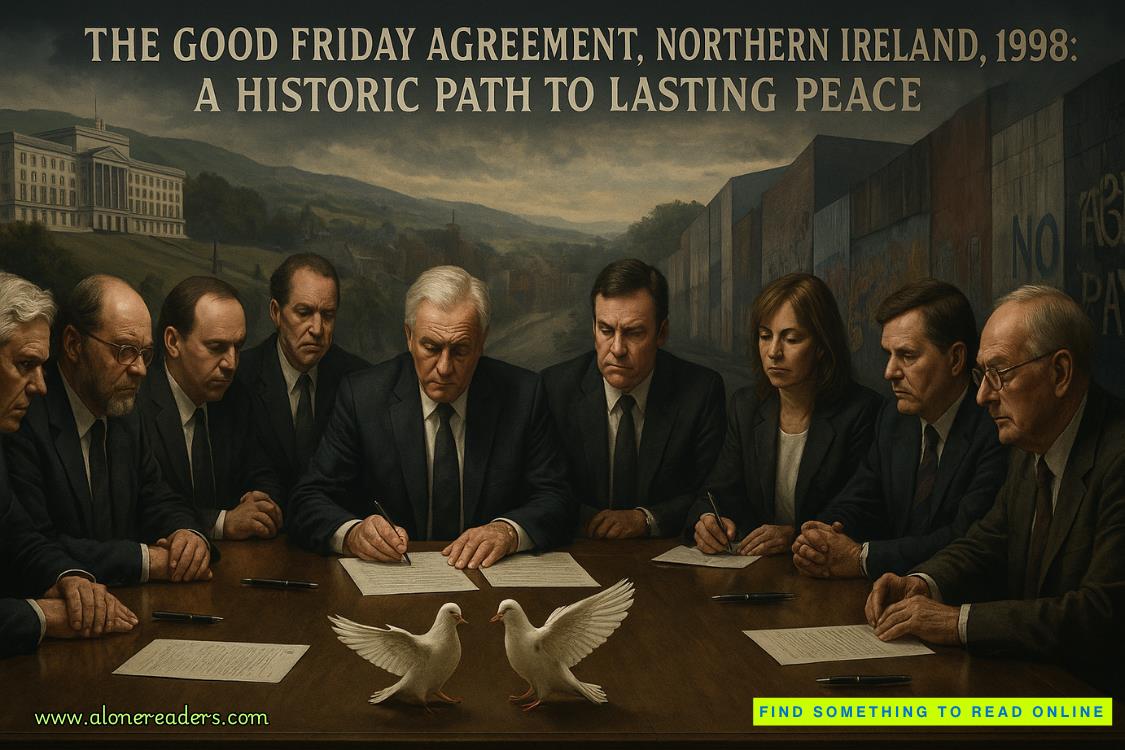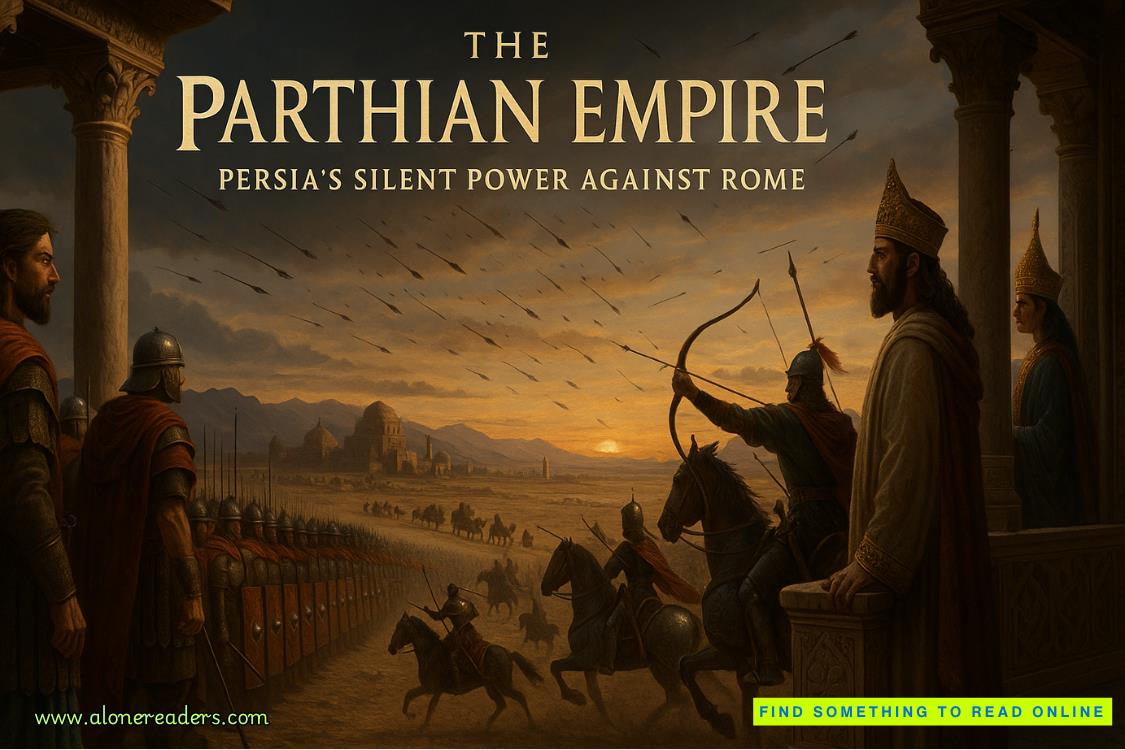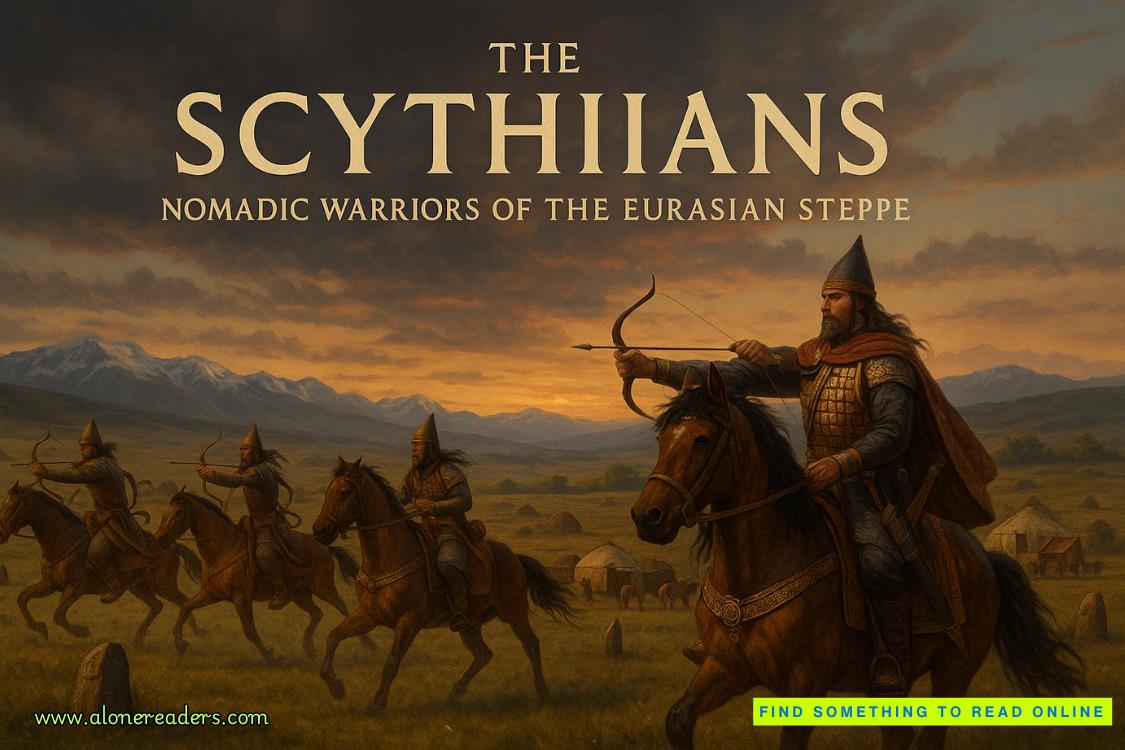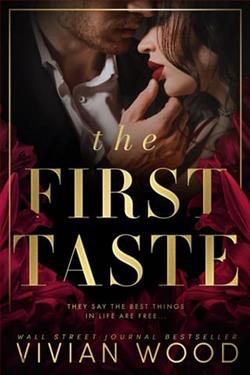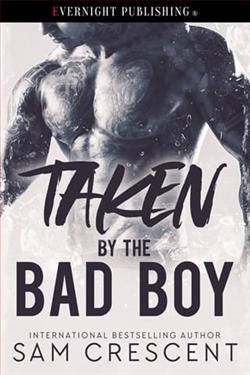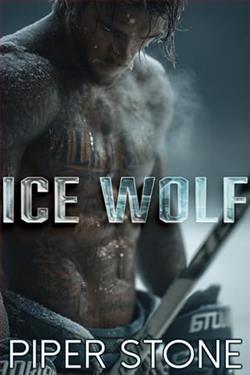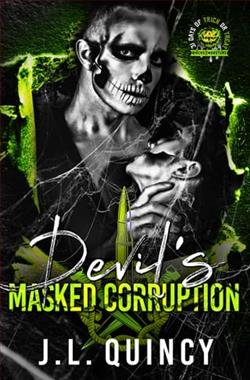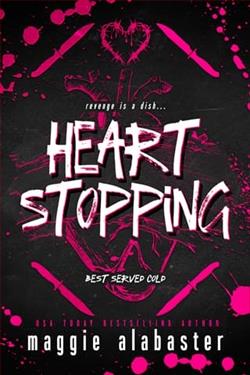Page 11 of The Kill List
The killer cruised past the club entrance, turned left up Linkhorn Drive and disappeared into the woods. Two hundred yards up Linkhorn, he turned left again into Willow Drive. A single car came the other way but took no notice of him despite his garb.
He was dressed from neck to ankles in a snow-white dishdash with a crocheted white skullcap on his shorn head. Passing several rural residences on Willow Drive, he emerged from the trees into the morning sunshine at the point where the tee shot of the fifth hole, known as Cascade, crosses Willow Drive. Here he pulled off the road and dumped his scooter in the tall undergrowth by the side of the fairway of the fourth hole, called Bald Cypress.
There were a few golfers already on other holes, but they were engrossed in their games and took no notice. The young man in white walked calmly down Bald Cypress fairway until he was close to the bridge over the stream, then stepped into the bushes until he was invisible and waited. He knew from earlier observations
that anyone playing a round would have to come up the fourth fairway and cross the bridge.
He had been there half an hour, and two pairs had completed Bald Cypress and moved on to the Cascade tee. Watching from deep cover, he let them pass. Then he saw the senator. The man was in a twosome with a partner of similar age. In the clubhouse, the senator had pulled on a green windbreaker, and his opponent wore one of similar color.
As the two elderly men crossed the bridge, the young man emerged from the bushes. Neither golfer paused in his stride, though both glanced at the young man with passing interest. It was the clothes he wore, and perhaps his air of calm detachment. He moved toward the Americans until, at ten paces, one of them asked: “Help you, son?”
That was when the man brought his right hand from inside the dishdash and held it out, as if to offer them something. The something was a handgun. Neither golfer had a chance to protest before he fired. Slightly confused by the similar long-peaked baseball caps and green windbreakers, he fired two shots at each man, at almost point-blank range.
One bullet missed completely and would never be found. Two struck the senator in the chest and throat, killing him instantly. The remaining slug hit the other player mid-chest. The two shot men crumpled, one after the other. The shooter raised his eyes to the duck’s egg blue morning sky, murmured, “Allahu-akhbar,” put the barrel of the handgun into his mouth and fired.
The players in the foursome were clearing the green of the fourth hole, Bald Cypress. They would say later they all turned at the sound of the shots in time to see the suicide’s head spray blood into the sky, then his body slump to the ground. Two began to run to the scene. A third was already on his cart; he turned it around and gunned the quiet electric engine toward the double murder. The fourth stared for several seconds, mouth agape, then pulled out a cell phone and dialed 911.
The call was taken in the communications center behind the police HQ on Princess Anne Road. The duty telephonist took basic details and alerted the HQ across the compound and the Department of Emergency Medical Services. Both were staffed by experienced local people who needed no directions to the Princess Anne Country Club.
The first to the scene was a police patrol car that had been cruising down 54th Street. From Linkhorn Drive, the officers could see the growing crowd up on the fourth fairway and, without ceremony, drove across the hallowed turf to the crime scene. From police HQ, duty detective Ray Hall arrived ten minutes later to take control. The uniformed men had already secured the scene when the ambulance from the Pinehurst Center on Viking Drive three miles away drove up.
Detective Hall had established that two men were stone dead. The senator he recognized, both from his picture in the papers from time to time and from a police awards ceremony six months back.
The young man with the bushy black beard, identified by the horrified golfers from the foursome as the killer, was also dead, his gun still in his right hand, twenty feet from his victims. The second golfer appeared very badly wounded, with a single gunshot wound, center chest, but still breathing. Hall stepped back to let the paramedics do their job. There were three of them, and a driver.
A glance told them there was only one of the three bodies on the still-dew-flecked grass needing their attention. The other two could wait for transportation to the morgue. Nor was there any cause to waste time attempting to resuscitate, as with a drowning or gassing. This was what paramedics call a load ’n’ go.
They were equipped with ALS—advanced life support system—and they were going to need it to stabilize the shot man for the three-mile dash to Virginia Beach General. They loaded the wounded man aboard and raced away, siren wailing.
They covered the miles to First Colonial Road in less than five minutes. Early-morning traffic was light—being a weekend, there were no commuters—the siren cleared the few other vehicles out of the road and the driver kept his foot to the floor all the way.
In the back, two paramedics stabilized the near-dead man as best they could while the third radioed ahead every detail they could discover. At the emergency ambulance entrance, a major trauma team assembled and waited.
Inside the building, a surgical theater was prepared and a surgical team scrubbed up. And cardiovascular surgeon Alex McCrae hurried from a half-eaten breakfast in the cafeteria to the emergency room.
On the fairway of the fourth hole, Det. Hall was left with two bodies, a milling throng of bewildered and horrified Virginia Beach citizens and a hatful of mysteries. As his partner, Lindy Mills, took names and addresses, he had two things going for him: The first was that all eyewitnesses were adamant there had only been one killer and he had committed suicide immediately after the double shooting. There seemed to be no call to go looking for an accomplice. A single-seat scooter had been discovered in the bushes farther up the fairway.
His second plus was that the witnesses were all sensible mature people, levelheaded and likely to give good and reliable evidence. At that point, the mysteries began, starting with the first: What the hell had just happened and why?
Whatever it was, nothing like it had ever happened in quiet, sedate, law-abiding Virginia Beach before. Who was the killer and who was the man now fighting for his life?
Detective Hall took the second question first. Whoever the wounded man was, he would be likely to have a home somewhere, perhaps a wife and family waiting there, or somewhere a next of kin. Given what he had seen of the chest wound, that next of kin might be urgently needed by nightfall.
No one outside the scene-of-crime tape seemed to know who the senator’s partner had been. The wallet and billfold, unless they were in the clubhouse, had gone off with the ambulance, leaving Lindy Mills and the two uniforms to carry on with the routine name taking. Ray Hall asked for and immediately got a lift on a cart back to the clubhouse. There the ashen-faced club professional solved one of his problems. The partner of the dead senator had been a retired general. He was a widower and lived alone in a gated retirement community several miles away. The membership list provided the exact address in seconds.
Hall called Lindy on his cell phone. He asked one of the uniforms to stay with her and the other to bring him the squad car.
As they drove, Det. Hall conferred on the police band with his captain. HQ would take care of the media, even now arriving with a barrage of questions to which no one yet had the answers. HQ would also take care of the miserable business of informing the late senator’s wife before she learned it on the radio.
He was told a second, more basic ambulance, the body wagon, was on its way to bring the two cadavers to the hospital morgue, where the medical examiner was preparing himself.
“Priority to the killer please, Captain,” said Hall into the mic. “That outfit he was wearing looks like the dress of a Muslim fundamentalist. He acted alone, but there may be more in the background. We need to know who he was—a loner or one of a group.”
While he was out at the general’s home, he wanted the killer’s prints taken and checked against AFIS—the automated fingerprint identification system—and the motor scooter checked with the Virginia state vehicle-licensing bureau. Yes, it was a weekend; people would have to be roused and brought in. He disconnected.
At the gated compound designated by the golf club records, it was clear no one had yet heard of the events on a fairway called Bald Cypress, alias the fourth hole. There were some forty retirement bungalows set among lawns and trees with a small central lake, and the community manager’s house.
The manager had finished a late breakfast and was about to mow his lawn. He went white as a sheet, sat down heavily on a garden chair and muttered, “Oh, my God,” half a dozen times. Eventually, taking a key from a board in his own hallway, he led Det. Hall to the general’s bungalow.



